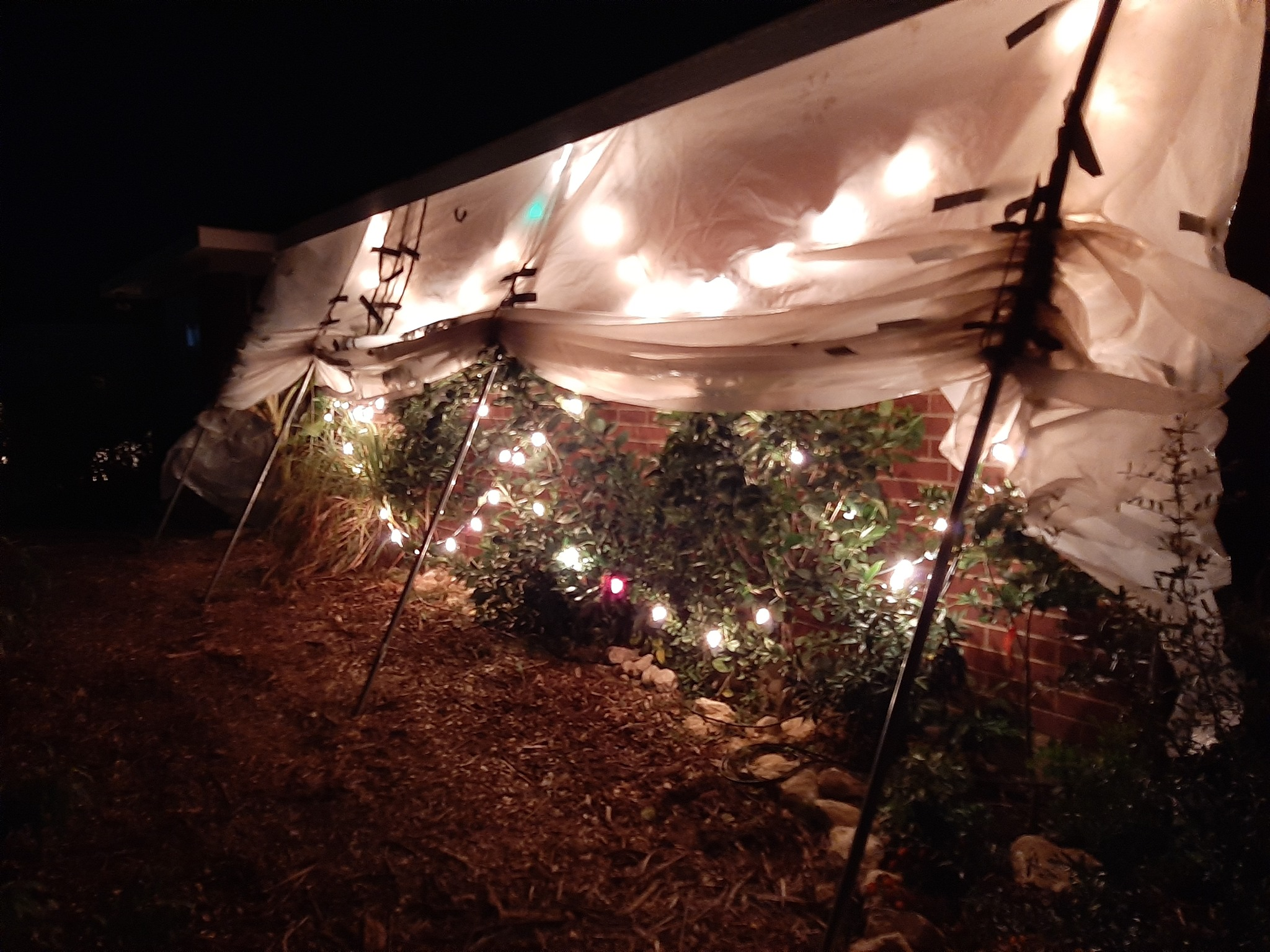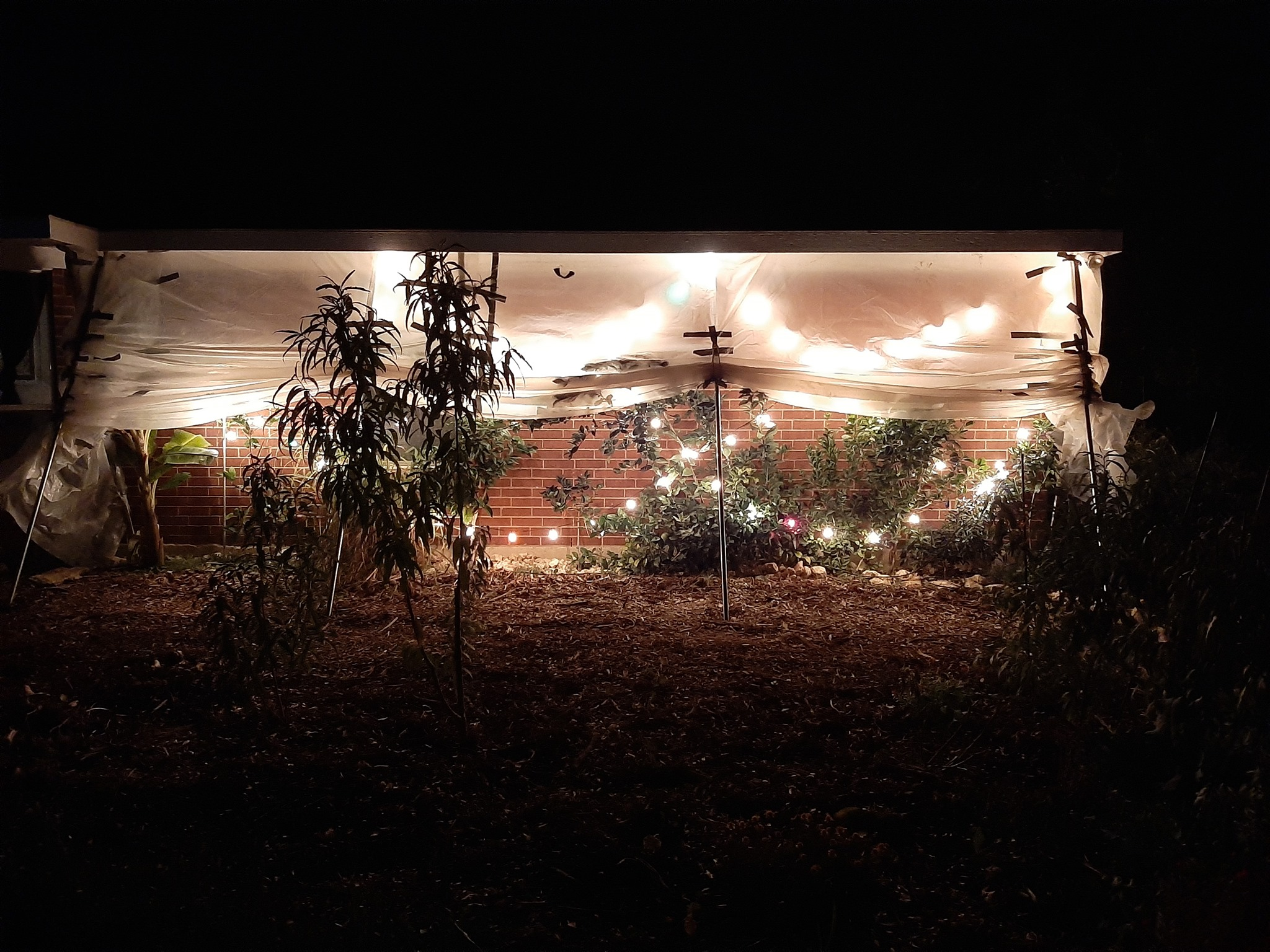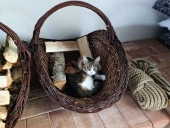
 4
4





 2
2




Iterations are fine, we don't have to be perfect
My 2nd Location:Florida HardinessZone:10 AHS:10 GDD:8500 Rainfall:2in/mth winter, 8in/mth summer, Soil:Sand pH8 Flat
 3
3




The ultimate goal of farming is not the growing of crops, but the cultivation and perfection of human beings. - Masanobu Fukuoka





S Bengi wrote:Boston, MA zone 6/7
I have passionfruit (maypop), citrus, pomegranate, and fig.
This year I am zone pushing with pineapple guava hopefully it will make it.
I trying to find a dwarf almond (8-12ft) that I can plant here.






Iterations are fine, we don't have to be perfect
My 2nd Location:Florida HardinessZone:10 AHS:10 GDD:8500 Rainfall:2in/mth winter, 8in/mth summer, Soil:Sand pH8 Flat





Jordan Lowery wrote:I love doing this too. One technique I like is selecting seed over the years. Localization basically. The first year a few thousand seeds might be planted yet only a few dozen survive.
I find certain plants or trees like a combination of local microclimate factors for the survival of the organism.
The best part is the faces of other people when they see a plant they know shouldn't be here.Or when they taste the unique flavor of a plant growing in a certain microclimate.
 That is one of my favorite parts too.
That is one of my favorite parts too.





S Bengi wrote:Here is my garden.
https://docs.google.com/spreadsheet/ccc?key=0AjpWBJwPQ0nMdEpjV1AwcVJ0dGFZbnVpVEw0RlFQR0E
http://home.comcast.net/~beryluter/site/?/photos/
I also got some 9-star kale cuttings that I have indoor next year I am going to plant it indoor and see if it survive.







 1
1




Iterations are fine, we don't have to be perfect
My 2nd Location:Florida HardinessZone:10 AHS:10 GDD:8500 Rainfall:2in/mth winter, 8in/mth summer, Soil:Sand pH8 Flat





S Bengi wrote:You probably could. How big is your yard.











Iterations are fine, we don't have to be perfect
My 2nd Location:Florida HardinessZone:10 AHS:10 GDD:8500 Rainfall:2in/mth winter, 8in/mth summer, Soil:Sand pH8 Flat





Steve Flanagan wrote:
Any how, what techniques do you use to zone push? My only advantage here is that my property is mostly sloped, and it slopes to the west and south west. The only area that is flat (besides my driveway and parking spot) is where I will put fruit trees (and my food forest) that are susceptible to late frost in hopes that the cold are will flow down and settle there, preventing them from flowering too early. Does that make sense?





Cris Bessette wrote:
I'm assuming from what you wrote your intention is to keep your fruit trees dormant longer by purposely putting them on the lower flat area? That sounds like good reasoning to me.





Cris Bessette wrote:
I'm sure you've seen that hardiness rating of plants tends to change depending where you are reading about them.
For instance, on a Meyer lemon tree I just bought it says "30F" is the lowest they can take, yet have talked to a guy just recently that has seen his take 17F unprotected without damage.
This type of thing leads me to the opinion that hardiness ratings are not set in stone, and there are many variables more than minimum temperature.




 1
1








Idle dreamer








Cris Bessette wrote:
One of my hobbies is zone pushing (IE growing things where they would not be normally expected to grow.)
I live where winter temperatures can get down close to 10F (-12C) for a handful of nights.
We get ice storms, occasional light snows.
Nevertheless, I am currently growing citrus trees, various palms including one that will make edible fruit (pindo)
cannas (edible) , hardy banana varieties,passion fruit, etc.
Pecan Media: food forestry and forest garden ebooks
Now available: The Native Persimmon (centennial edition)
 2
2





 3
3




Chris, how is your pindo (jelly) palm doing? Does it yet live and thrive? Also curious if any of your hardy banana species are doing well for you.
 1
1




 7
7






 2
2









Sara Rosenberg wrote:I like to push Citrus because people say I can't. Zone 8, North Texas.
 2
2




Western Shore Life: Proving there's life west of the Chesapeake
Instagram: @westernshorelife

|
I brought this back from the farm where they grow the tiny ads:
Learn Permaculture through a little hard work
https://wheaton-labs.com/bootcamp
|


